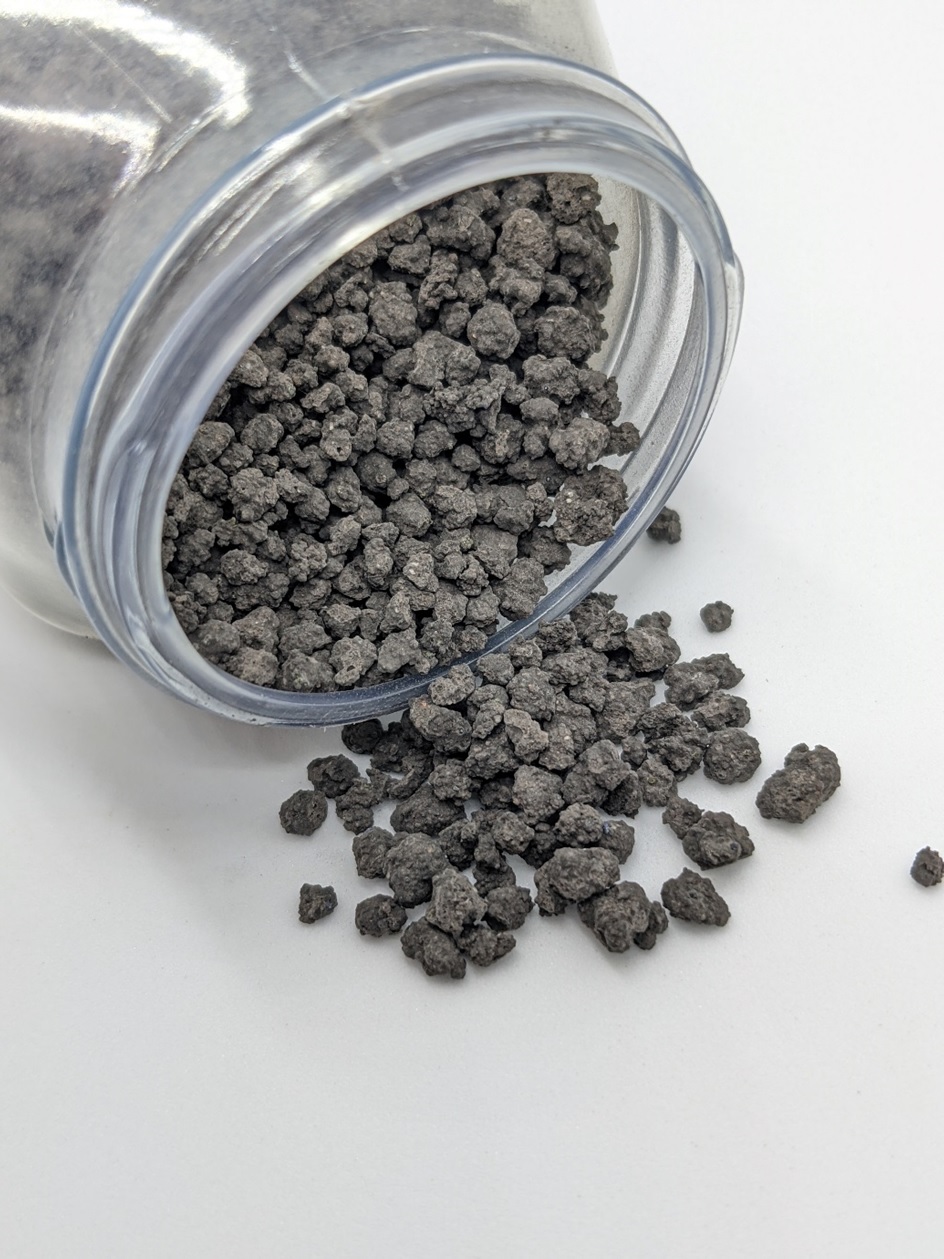
Phosphorus is essential to life.
Our DNA, muscles and bones have it, and without it crops don’t grow.
Phosphorus is in the global spotlight because of fertiliser shortages, inefficiencies and waste – causing high costs for farmers, environmental damage, wasted capital, and contaminated food –which could be addressed with new technologies, according to research.
University of Queensland PhD candidate, Michael Walsh, from the Nutrient Use Efficiency Lab, has been researching the impacts and solutions concerning phosphorus fertiliser production and waste.
“Commercial phosphorous fertiliser is crucial to maintaining high crop yields across the globe and, in turn, ensuring food security,” Mr Walsh said.
“But throughout the process of producing phosphorous fertiliser, the waste byproduct phosphogypsum is created at 4-5 times the rate of fertiliser production.
“This threatens local environments and residents within close proximity.
“And we’ve seen the problems it can cause, such as in Florida, where locals were evacuated and a state of emergency was declared in 2021 from collapsing phosphogypsum stack walls and sink holes spilling radioactive substances into groundwater.
“In Northern Africa, we’re seeing phosphogypsum being dumped into the ocean, creating untold consequences.”
Adding to this issue are the geopolitical concerns over phosphorus deposits concentrated within only a few nations, abrupt hikes in phosphorus fertiliser prices, heavy metal contaminants affecting soil and food, and environmental degradation.
Phosphorus use is inefficient in the current linear phosphorus economy – where phosphate is mined from non-renewable rock phosphate, then turned into fertiliser.
“On average, crops use only one fifth of the phosphorus fertiliser applied to soil,” Mr Walsh said.
“The remaining fertiliser is locked up by the soil or flows into waterbodies, where it can devastate aquatic environments, including toxic algal blooms and explosions of crown of thorns starfish that destroy corals in the Great Barrier Reef.
“If history provides any indication for the future of phosphorus, in the next decade we’ll likely see more abrupt hikes in food prices, phosphorus fertilisers will become more costly and less attainable, and aquatic ecosystems will be pushed even further towards tipping points.”
Researchers say circular solutions are needed to better reuse the phosphorus in the system.
“It’s time to look at rethinking, reshaping, and recycling our phosphorus,” Mr Walsh said.
“We’re proposing a circular economy phosphorus framework, which would have the potential to sustain humanity throughout the twenty-first century and beyond.
“A circular phosphorus economy uses novel technologies to clean, recycle, and valorise waste into new fertilisers that supplement or replace the current ones.
“This will provide places like Australia with greater sovereignty and price stability for its phosphorus fertilisers, which has historically been a big problem for farmers.
“Examples of this can include chemical and biological precipitation, mono-incineration, and thermo-chemical treatment from wastes including manures and phosphorus-rich waste streams.
“In Germany right now, new thermo-chemical technology is removing toxic heavy metals and all harmful pollutants from waste materials, producing a clean phosphorus fertiliser.
“Research shows that, used collectively, these solutions can help feed our global family while simultaneously creating new economies and jobs and protecting the environment with energy efficient recycling, and out-phasing of depletion of finite natural resources.
“These are real solutions that we need to see implemented and legislated globally.”

Currently, there are collaborative efforts among international scientists, industry leaders, and governments underway to establish a circular phosphorus economy.
“It’s early days, but this transition is essential,” Mr Walsh said.
“The transition needs to be a social movement underpinned by economic viability, where government, industry, and academia work together to provide farmers with sustainable solutions, supported by consumer demands for a circular economy.
“Soon to be published research from my PhD research shows that some of these recycled materials, when optimized for a target crop, can outcompete commercial fertilisers.
“These innovative fertilisers will reduce pollution and inefficiencies to play a vital role in our sustainable future, contributing a crucial piece to the puzzle of global sustainability.
“They’re a fundamental component of actualising regenerative agriculture where reducing environmental harm and improving soil fertility is key.”
The research presenting a framework for the circular phosphorus economy is published in
npj Sustainable Agriculture.
It was conducted with assistance and support of UQ’s Professor Susanne Schmidt and Professor Gary Schenk.
Media: Michael Walsh, mike.walsh@uq.edu.au, +61 (0)422 158 256; Faculty of Science Media, science.media@uq.edu.au, +61 (0)438 162 687.



